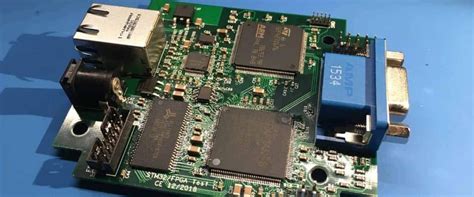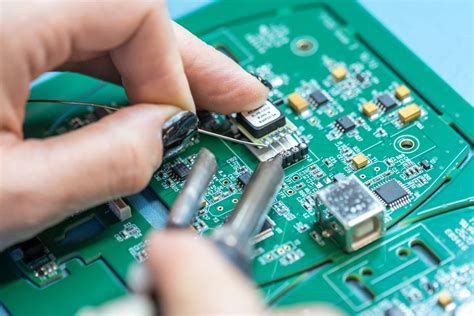What is the significance of each layer in PCB design?
1.Signal layers
Altium Designer can provide up to 32 signal layers,including the top layer,bottom layer,and mid-layer.Each layer can be connected to each other through via,blind vias,and buries vias.
(1)Top signal Layer
Also known as the component layer,it is mainly uesd to place components.For double-layer and multi-layer boards,it can be used to arrange wires or copper.
(2)Bottom signal layer
Also know as the soldering layer,it is mainly used for wiring and soldering.For double-layer and multi-layer board,it can be uesd to place components.
(3)Mid-layers
There can be up to 30 layers,In multi-layer boards,it is used to arrange signal line.Power line and ground lines are not included here.

2.Internal Power Planes
Usually referred to as internal power layers,they only appear in multi-layer boards.The number of PCB Layers generally refers to the sum of the signal layers and internal power layers,Similar to the signal layers,internal power layers and internal power layers and signal layers can be connected to each other through through holes,blind holes and buries holes.
3.Silkscreen layers
A pcb board can have up to two silkscreen layers namely the top silkscreen layers,namely the top silkscreen layer(Top overlay)and the bottom silkscreen layer(Bottom Overlay).They are usually white and are mainly used to place printed information,such as the outline and marking of components.various annotation characters etc.to facilitate component soldering and circuit inspection of PCB.
(1)Top Silkscreen Layer
Used to mark the Projection outline of component,component numbers,nominal values or models,and various annotation characters.
(2)Bottom Overlay
Similar to the top silkscreen layer,if all marking are already included in the top silkscreen layer,the bottom silkscreen layer can be closed.
4.Mechanical layers
The mechanical layer is generally used to place instructive information about aboard manufacturing and assembly methods such as PCB dimensions,size marking,data sheets via information,assembly instruction,etc.This information varies depending on the requirements of the design company or PCB manufacturer.The following examples illustrate our common methods.
Mechanical 1:Generally used to draw the PCB outline,representing its mechanical shape, hence the name”Outline Layer”;
Mechanical 2;Used to place the PCB fabrication process requirement table,including information such as dimensions board material and board layers;
Mechanical 13 & Mechanical 15: Dimensional information for most components in the ETM library, including their 3D models; for simplicity, this layer is not displayed by default;
Mechanical 16: Footprint information for most components in the ETM library, useful for estimating PCB dimensions in the early stages of a project; for simplicity, this layer is not displayed by default and is black.
5.Mask Layers
Altum Designer provides two types of mask layers: solder mask and paste mask, each with a top layer and a bottom layer.






